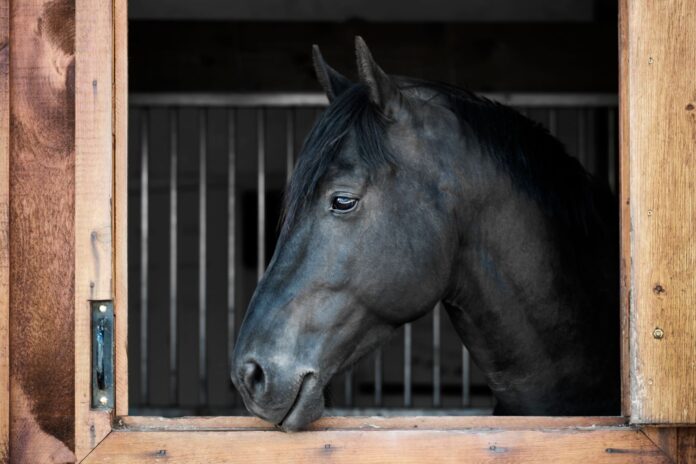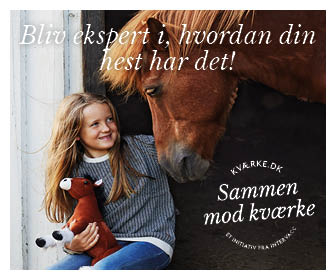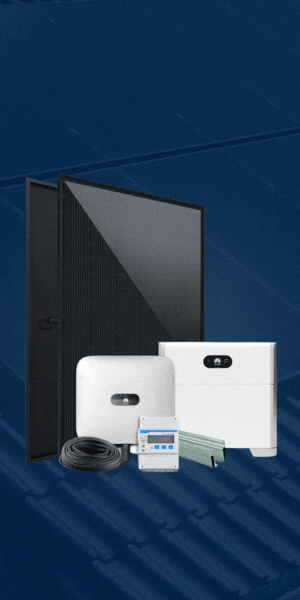Horses are big and strong animals, hence why our stables need to be able to sustain possible pressures from kicks, weight and so on. Here are a few tips to some of things in a stable that may be potential dangers to your horse.
Stable lining
What is your stable made from? It can be a good idea have a kickboard lining installed to protect your horses’ legs. Kickboard can be made from bricks, wood or ideally rubber and should extend halfway up the walls. Even shelter or outdoor stables should have kickboards, especially if the shelter is made from tin or other rather porous materials.
Stable bedding
Whether you use shavings, sawdust, straw, wood pellets or something else it is important to be aware of how and how much you give. To avoid a horse becoming cast, when it lies down or rolls over, you can create banked walls that may encourage your horse to sleep in the middle and not get stuck onto the wall. It is more expensive in the initial setup, but the bedding won’t need changing. Be aware this is not a guarantee that the horse won’t become cast and there are many different views on the best way to avoid a horse getting cast.
Stable dividers
Dividers or partitions in a stable can be dangerous if there is a possibility that the horse can get a hoof, leg or head stuck. Make sure you regularly inspect the dividers between horses, as any sharp points or splints can create puncture wounds or even damage their eyes.
Floors
Stable floors are one of the riskiest parts in a stable. They can be slippery and cause horses to fall over if they get frightened or rush into their stables. Rubber is an acknowledged material, but can, as all other materials, get slippery when wet, especially if the horse is wearing shoes. Concrete and metal horseshoes can be a dangerous combination. The main prevention here, is to walk your horse slowly, especially in bends or around corners and avoid leading the horse on wet stable floors. Make sure to remove droppings and lay shaving or similar, should your horse wee.
Læs også: Improved stable flooring improves horse welfare

Cross-ties and tie-up areas
This is another place, where accidents happen too often. Most importantly is that cross-ties are positioned high enough so the horse cannot get a leg stuck. Secondly having an easy break-away clip can avoid many incidents.
The hight of the tie-up should be about the height of the horses’ wither and if you tie up yourself, make sure you use a quick-release knot. Never tie the horse to a gate or other non-fastened objects.
Doors
If the stable doors do not slide sideways, they should always open outwards and be hung correctly onto the stable, so it will never swing inwards. Make sure the door can hook onto a latch when it is fully open. Stables doors are safest if they are a minimum of 1.25 meters wide. The full height of the door depends on the horses’ height, but a general rule says 1.5 times the height of the withers.
Latches
Make sure that any latches in the stable can flush along the door or wall, so that no points are sticking out, potentially causing the horse to get hooked or rip its skin. Also avoid latches that your horse may be able to undo with a curious muzzle.
Læs også: 9 sjove tricks til livet i stalden, som du ikke selv har tænkt over
Feed throughs and haynets
If they are hung on the wall, place them high enough so the horse cannot get a leg stuck, yet low enough encourage a natural eating position of the neck and head. Studies have shown, that positioning the haynet about knee level, creating a neck level about 15 degrees below the withers will imitate a natural eating position. Ideally use a hay net with small holes so the horse cannot get stuck. Preferably use slow feeder hay buckets, that are horse safe and encourage a natural eating position.
Make sure there are no sharp edges or tears appearing on the feed through. If you are using a bucket, remove it shortly after the horse is done eating. They can get a hoof stuck in the handles or become frighted if it tangles between their legs.

Tools
If you have tools such as brooms, pitchforks and shovels in the stable, make sure they are hung on a wall, facing the wall. Avoid leaving them standing or laying on the floor as too often horses inflict injuries from tools, or their halter may get stuck.
Do you know of any other potentially dangerous objects in your stable? Tell us about them.
We hope that both you and your horse will be safe in the stable.
Kilder:
KER: Haynet Height: Consider Comfort of Horses
Prevent your horse from being cast
Studying the Shape Variations of the Back, the Neck, and the Mandibular Angle of Horses Depending on Specific Feeding Postures Using Geometric Morphometrics
National Timber Buildings: What is the standard horse stable door size?














